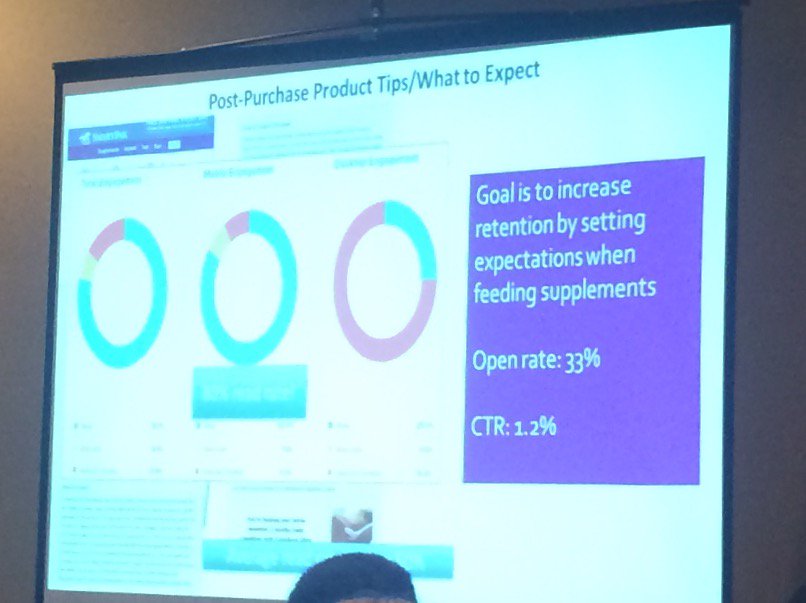March 2016: The Month In Email
Happy April! I’m just back from the EEC conference in New Orleans, which was terrific. I wrote a quick post about a great session on content marketing, and I’ll have more to add about the rest of the conference over the next week or so. Stay tuned!
Here’s a look at what caught our attention in March:
On the DMARC front, we noted that both Yahoo and mail.ru are moving forward with p=reject, and Steve offered some advice for ESPs and software developers on methods for handling this gracefully. I also answered an Ask Laura question about making the decision to publish DMARC. Look for more on that in this month’s Ask Laura questions…
Our other Ask Laura question this month was about changing ESPs, which senders do for many reasons. It’s useful to know that there will generally be some shifts in deliverability with any move. Different ESPs measure engagement in different ways, and other issues may arise in the transition, so it’s good to be aware of these if you’re contemplating a change.
In industry news, I wrote a sort of meta-post about how the Internet is hard (related: where do you stand on the great Internet vs. internet debate? Comment below!) and we saw several examples of that this month, including a privacy debacle at Florida State University. Marketing is hard, too. I revisited an old post about a fraud case where a woman sued Toyota over an email marketing “prank”. As always, my best practices recommendation for these sorts of things (and everything else!) really boils down to one thing: send wanted email.
Steve wrote extensively about SPF this month in two must-read posts, where he explained the SPF rule of ten and how to optimize your SPF records. He also wrote about Mutt, the much-loved command line email client, and marked the passing of industry pioneer Ray Tomlinson, who, in addition to his many accomplishments, was by all accounts a very thoughtful and generous man.
Finally, I occasionally like to take a moment and follow the twisty paths that lead to my spam folder. Here’s a look at how Ugg spams my email doppelganger, MRS LAURA CORBISHLEY. In other spam news, there’s a lot of very interesting data in the recent 10 Worst list from Spamhaus. Take a look if you haven’t seen it yet.

